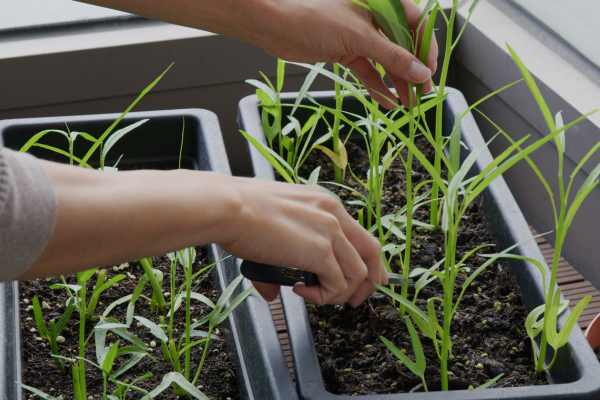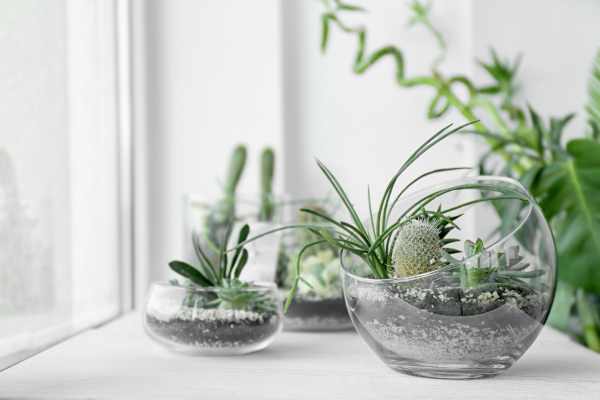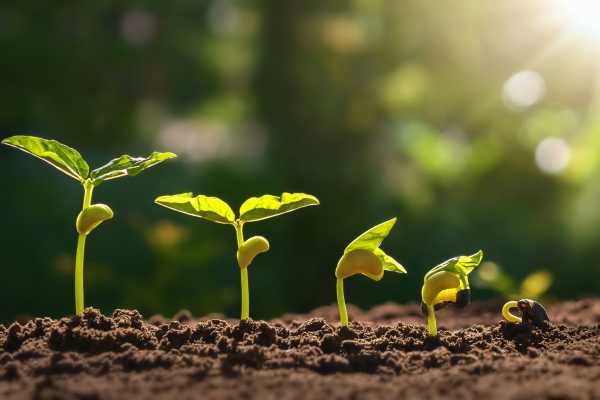Transitioning to a smaller dwelling doesn’t necessitate sacrificing the pleasure of nurturing your own vegetables. In fact, cultivating vegetables in a microgreenhouse offers a deeply gratifying and reassuring pursuit.
Through ingenuity, meticulous planning, and creative thinking, even the tiniest nook can be transformed into a verdant garden, yielding fresh and nutritious produce.
This discourse explores the marvels of growing vegetables in diminutive houses and the joys inherent in residing within confined quarters.
Embrace a Space-Suitable Lifestyle
The essence of tiny house living lies in simplifying existence and optimizing available space. Vegetable gardening exemplifies this ethos by enabling self-sufficient, eco-conscious food production.
Select Appropriate Vegetable Varieties
In a limited space, the choice of vegetables is pivotal. Opt for compact or container-friendly varieties such as:
- Dwarf or bush tomatoes, ideal for pots and versatile in salads and sauces.
- Compact pepper plants to enhance culinary creations.
- Herbs like basil, mint, and thyme, amenable to hanging baskets or small pots.
- Leafy greens such as lettuce, cultivable in shallow containers for a consistent salad supply.
Utilize Vertical Gardening Techniques
Exploit vertical space in compact abodes for cultivating a flourishing food garden. Climbing plants like cucumbers and beans thrive with trellises, hanging baskets, or wall-mounted pots, maximizing space utility and aesthetic appeal.
Employ Raised Beds for Convenience
Consider utilizing raised beds for vegetable cultivation. These beds enhance soil drainage, mitigate soil compaction, and facilitate plant care without excessive bending.
Implement Companion Planting
Deploy companion planting strategies to optimize space utilization and foster a thriving ecosystem. Pairing compatible vegetables like tomatoes and basil or carrots and onions deters pests and promotes robust plant growth.
Embrace Close Planting
In compact settings, every inch matters. Employ intensive farming techniques to grow vegetables closely, maximizing yield within limited space.
Adopt Water-Efficient Practices
Efficient water management is critical for a fruitful vegetable garden. Employ self-watering containers or drip irrigation systems to conserve water and sustain plant hydration.
Enhance Soil Quality with Amendments
Nourish vegetable plants with high-quality soil and organic fertilizers to foster optimal growth and flavor enhancement.
Practice Crop Rotation and Continuous Planting
Rotate crops seasonally to prevent soil depletion and minimize disease and pest risks. Continuously sow new seeds while harvesting old ones for a steady vegetable supply throughout the growing season.
Revel in the Harvest Experience
For tiny house gardeners, the satisfaction of harvesting homegrown produce is unparalleled. Cultivating food from seed to table instills a profound sense of accomplishment and pride.

Conclusion:
Embarking on vegetable gardening in a tiny house offers a delightful journey, blending self-sufficiency with nature’s beauty within a compact living space. Embrace your inner gardener and relish the splendor that enriches the world beyond your doorstep.
Whether it’s a few aromatic herbs or a vibrant array of vegetables, your petite garden will infuse joy and fulfillment into your tiny house lifestyle.
Keep reading our articles:
Flourishing Amidst Challenges: Compact Residence Gardening in Demanding Environments
Cultivating Herbs in Compact Areas: Tasty Pleasures for Small Dwelling Gardeners
FAQs:
Can vegetables be grown in a tiny house?
Absolutely. Many vegetables thrive indoors with ample sunlight or LED grow lights. Herbs, lettuce, and compact tomato and pepper varieties are excellent options for indoor cultivation.
How much sunlight do vegetables require?
Most vegetables necessitate at least 6 hours of direct sunlight daily for optimal growth. Ensure adequate sun exposure for your small garden.
Can composting be practiced in a small garden?
Certainly. Small compost bins or worm breeding systems facilitate composting in limited spaces, enriching soil and reducing waste.
Is year-round vegetable cultivation feasible in a small garden?
Depending on climate, cold frames, row covers, or mini greenhouses can extend the growing season, enabling year-round produce enjoyment.
Which vegetables tolerate partial shade?
Certain vegetables like lettuce, spinach, and kale can thrive in partial shade, making them suitable for small gardens with limited sunlight.


